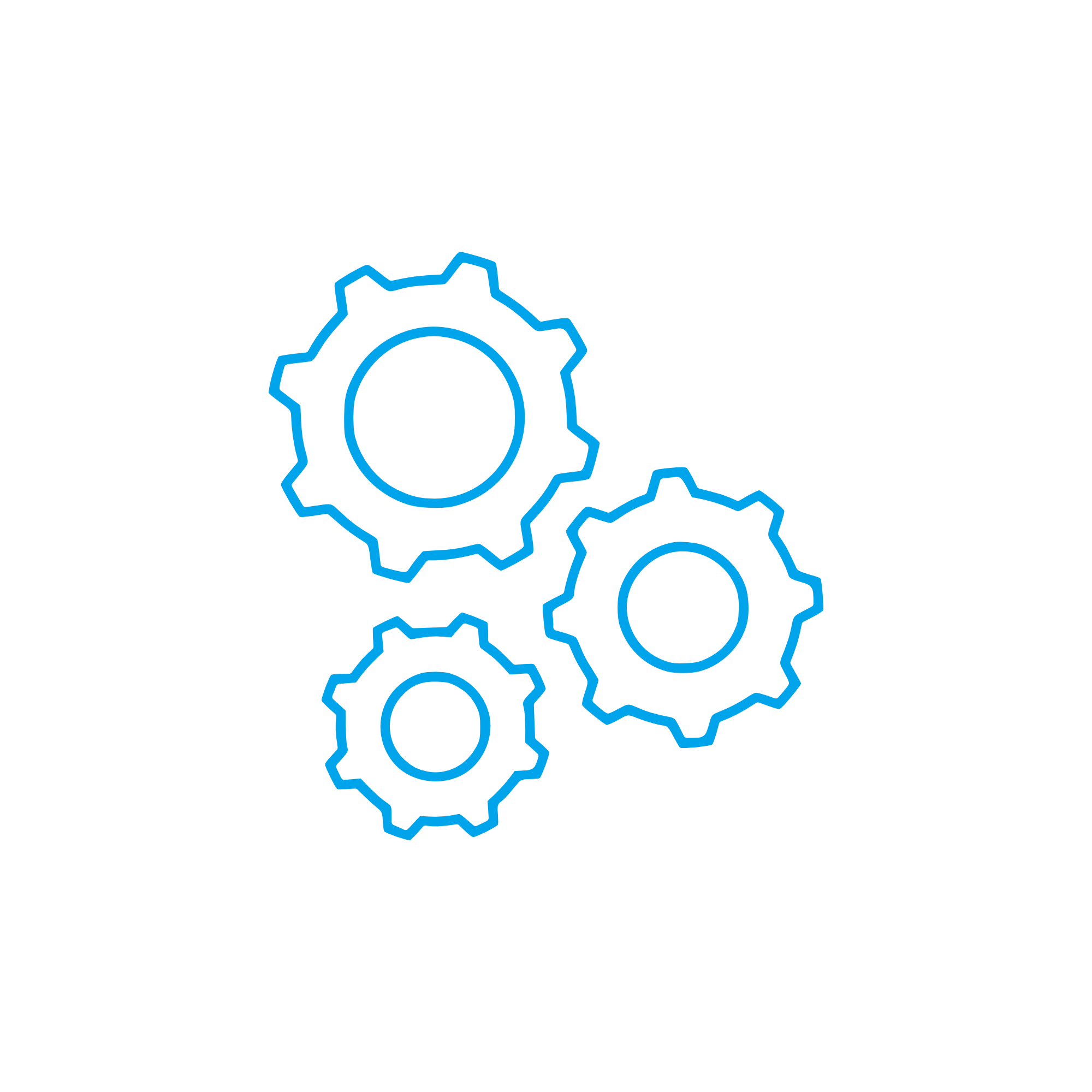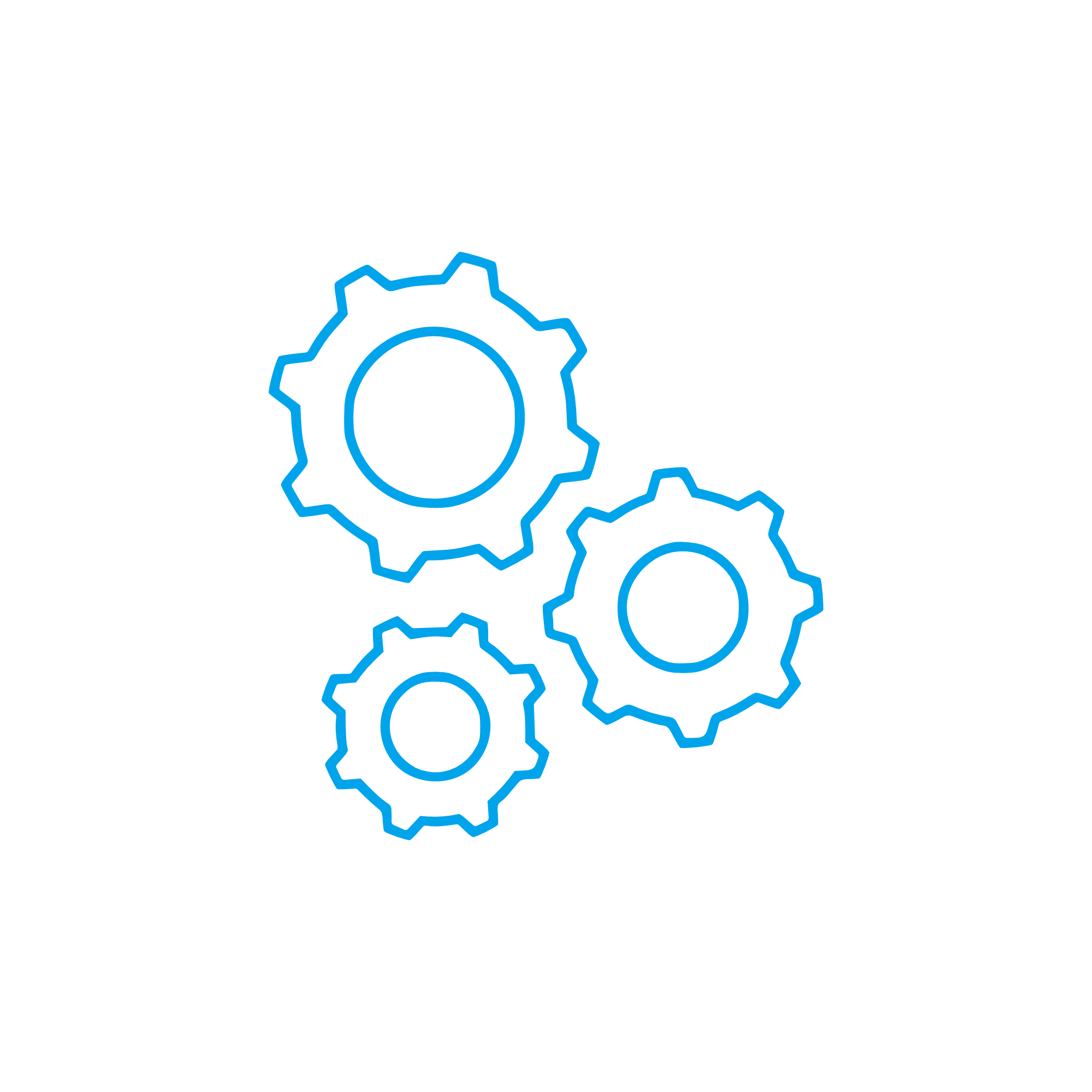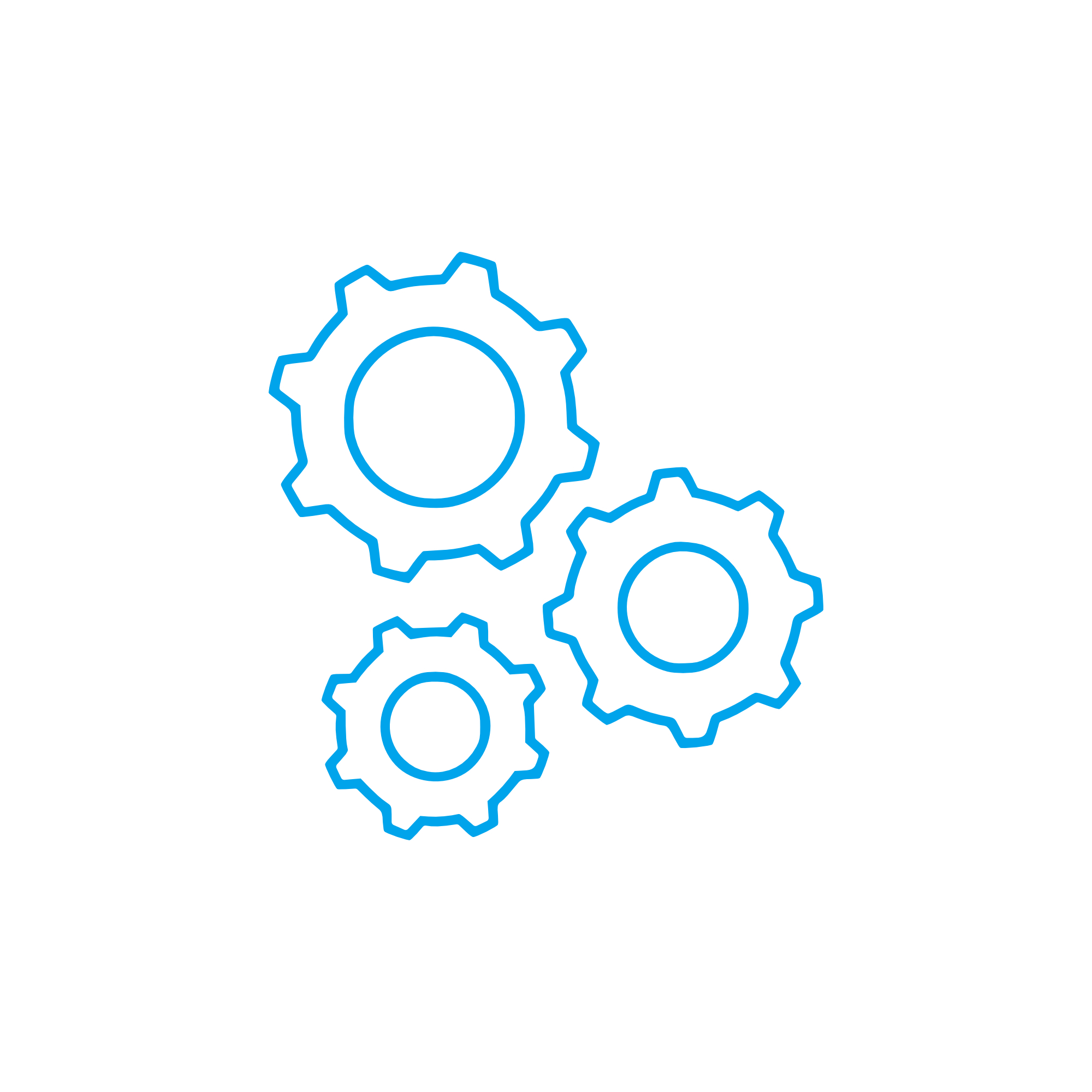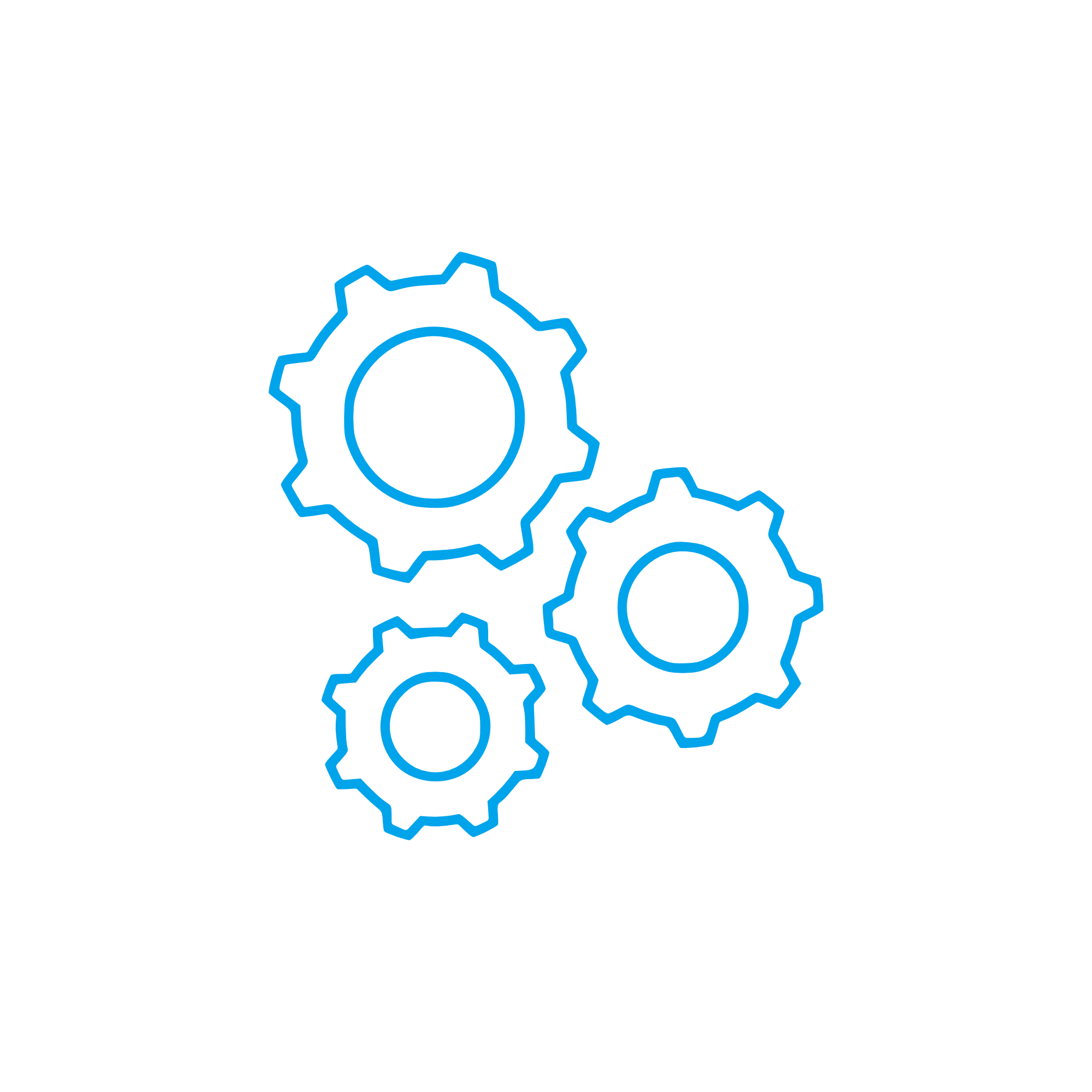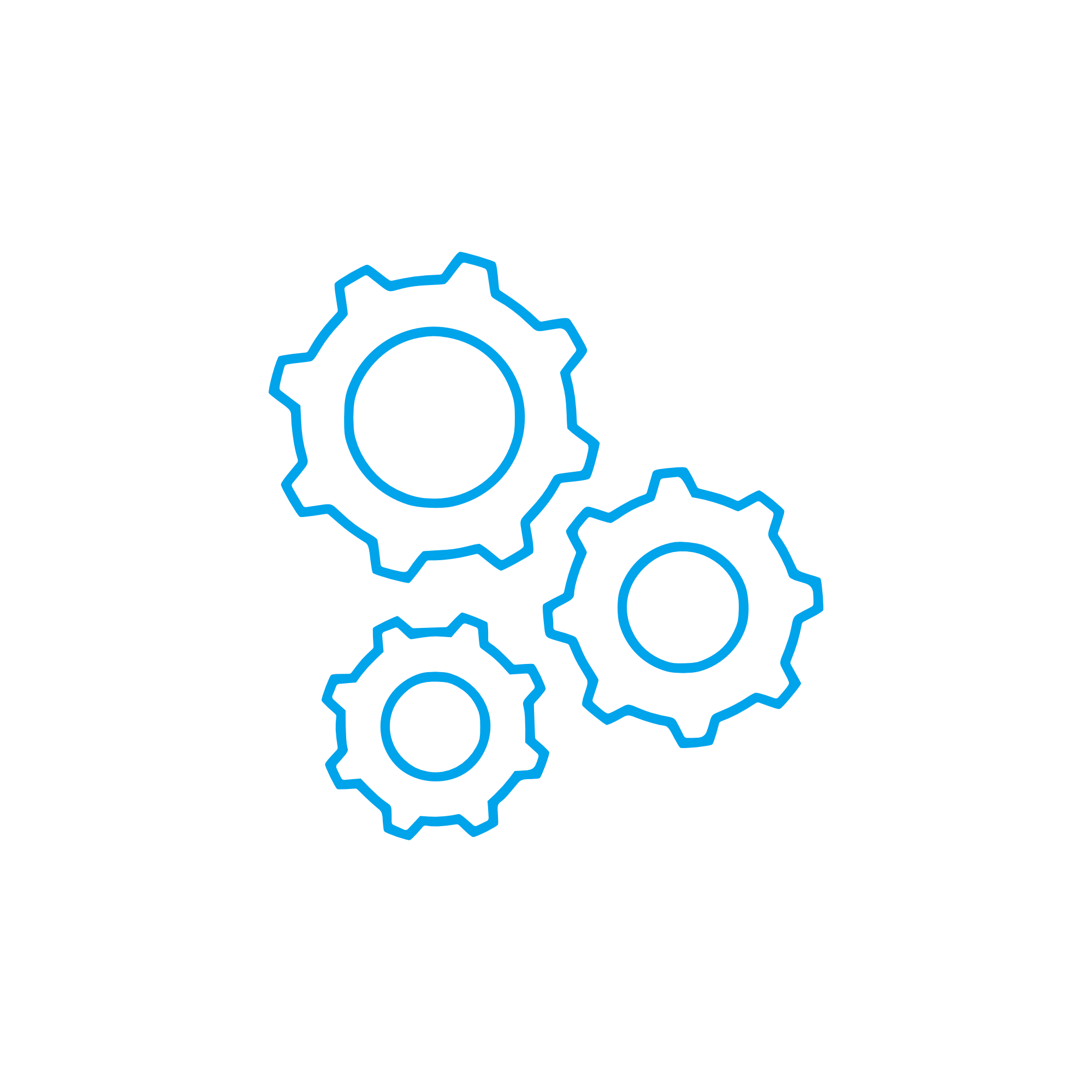SHAFT power transmission: gears and toothed wheels for diesel and gas engines
Gears and toothed wheels are precision components that convert and direct torque through the drivetrain of an engine. From crankshaft timing to camshaft actuation, from auxiliary drives to reduction gearboxes, these elements mesh with a SHAFT to control speed, direction, and load. In marine engine, diesel engine, and gas engine applications, their accuracy defines how smoothly power flows, how efficiently fuel is used, and how reliably the engine runs under continuous duty.
As a category, gears and toothed wheels include spur, helical, bevel, worm, and planetary designs, as well as ring and idler gears. They are engineered to a specific module or diametral pitch, pressure angle, helix angle, and face width—each parameter tailored to the torque profile, speed range, and envelope of the engine. The result is a matched set that interfaces with the SHAFT and adjacent components to deliver consistent timing, minimized vibration, and robust load capacity across thousands of operating hours.
Technical function of gears and toothed wheels in SHAFT-driven assemblies
In an engine, gears and toothed wheels transmit rotational energy from the crankshaft to the camshaft, oil and fuel pumps, and auxiliary equipment. They convert the high-torque, low-speed output of a crank into the precise angular relationship required for valve timing, injection events, and ancillary systems. The engagement between tooth flanks and the mating SHAFT—often via splines, keys, or interference fits—ensures minimal backlash and a stable contact ratio, keeping timing consistent under fluctuating loads.
In a SHAFT marine engine arrangement, timing gears must resist scuffing and pitting caused by mixed-elastohydrodynamic lubrication and shock loading from wave impacts or maneuvering. In a SHAFT diesel engine, helical gears reduce NVH (noise, vibration, harshness) thanks to higher overlap ratio and smoother tooth entry. Gear geometry is optimized for flank microtopography and crowning to distribute load evenly across the face, while the tooth root is shaped for fatigue resistance. Materials are typically alloy steels with case hardening (carburizing or nitriding) to achieve hard, wear-resistant flanks and a tough core. Precision grinding to ISO/AGMA quality levels further reduces transmission error.
Thermal and lubrication management are central. Proper oil viscosity, additive chemistry, and flow targeting the mesh zone maintain a protective film and carry away heat. Seals, covers, and housings maintain alignment between the gear set and the driving SHAFT; misalignment increases edge loading, accelerates micro-pitting, and raises noise levels. In high-power engines, planetary gear trains compactly multiply torque while balancing radial loads around the carrier SHAFT, enhancing efficiency and lifespan.
- · High-precision tooth profiles for stable timing and low transmission error.
- · Case-hardened flanks and tough cores for wear and fatigue resistance.
- · Optimized helix and pressure angles for efficiency and reduced NVH.
- · Controlled backlash to protect the SHAFT interface and improve accuracy.
- · Robust spline/key interfaces for secure torque transfer to the SHAFT.
- · Engineered lubrication paths to prevent scuffing and micro-pitting.
- · Corrosion protection for marine environments and standby conditions.
- · Compliance with ISO/AGMA gear quality for predictable performance.
How gears and toothed wheels shape SHAFT performance
The gear mesh defines the torque ripple that reaches the downstream SHAFT and bearings. Superior tooth finish and correct crowning reduce peak stresses, protecting journal and thrust bearings. In applications involving SHAFT OEM parts, interface tolerances and concentricity between gear bore and shaft seat are critical; even slight runout can propagate dynamic imbalance, leading to seal wear, elevated oil temperature, and premature bearing fatigue.
Importance for engine operation and service life
Reliability in continuous-duty engines depends on predictable gear behavior. Wear of tooth flanks increases backlash, which can shift cam timing, degrade combustion quality, and raise fuel consumption. Surface damage such as pitting or micro-pitting produces metallic debris that circulates with oil, abrading bearings, pumps, and the SHAFT sealing surfaces. Tooth root cracking risks sudden loss of synchronization—potentially causing valve-to-piston contact in interference engines. Excessive gear noise often signals misalignment or inadequate lubrication; untreated, it evolves into scuffing, excessive heat, and failure of the adjacent SHAFT spline or key.
Correct metallurgy, heat treatment depth, and dimensional accuracy directly translate to longer inspection intervals and lower lifecycle cost. Maintaining mesh integrity preserves timing accuracy, reduces emissions variability, and safeguards downstream components, including the drive SHAFT in propulsion lines or auxiliary drive trains.
Advantages of OEM spare parts suitable for gears and toothed wheels
Specifying OEM spare parts for gears and toothed wheels keeps the tooth geometry, material spec, and heat treatment aligned with the engine’s design intent. That alignment is particularly important at the interface to the SHAFT—where bore tolerances, spline profiles, chamfers, and surface finishes must match the mating component to avoid fretting corrosion or micro-movement under load.
For performance, OEM spare parts preserve the original contact ratio and micro-geometry that the designer validated for efficiency and noise. For reliability, controlled case depth and residual compressive stresses from the approved process route limit crack initiation under cyclic loads. For budget, drop-in fit minimizes installation time, rework, and collateral damage to the SHAFT or bearings. For service life, consistent steel cleanliness, shot peening intensity, and grinding quality maintain low roughness and stable oil film behavior over long intervals.
Why choose OEM spare parts for SHAFT-linked geartrains
Using OEM spare parts in SHAFT marine engine or SHAFT diesel engine geartrains ensures the correct backlash window and center distance are retained, protecting timing and reducing NVH. Documentation and traceability help align maintenance records and class approvals, and dimensional fidelity supports quick turnarounds during planned dockings or overhauls.
MOPA as your partner for OEM parts: gears, toothed wheels, and SHAFT interfaces
MOPA is an experienced and reliable partner for OEM spare parts for gears and toothed wheels. Our focus is speed, quality, and security in the trade of OEM parts for diesel and gas engines. We source directly from approved channels, coordinate lead times to meet overhaul schedules, and provide clear documentation to support compliance and commissioning.
Whether you need a single timing gear, a complete train, or matched components for a splined SHAFT interface, MOPA aligns procurement with technical requirements—module, pressure angle, helix, case depth, and bore finish—so that installation is straightforward and performance is repeatable. The result is reduced downtime, predictable costs, and confidence in long-term operation.
Conclusion
Gears and toothed wheels are the backbone of engine timing and power transmission, transferring load precisely through each SHAFT and bearing set. Their design, material, and fitment directly affect efficiency, noise, and reliability. With OEM spare parts suitable for gears and toothed wheels, operators protect performance, control costs, and extend service life across marine, diesel, and gas engine fleets.



